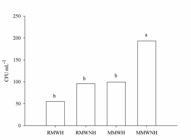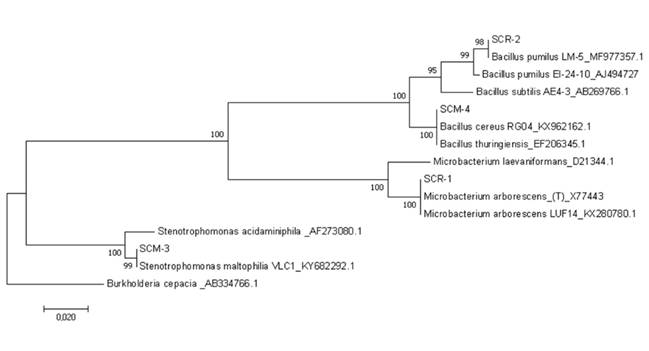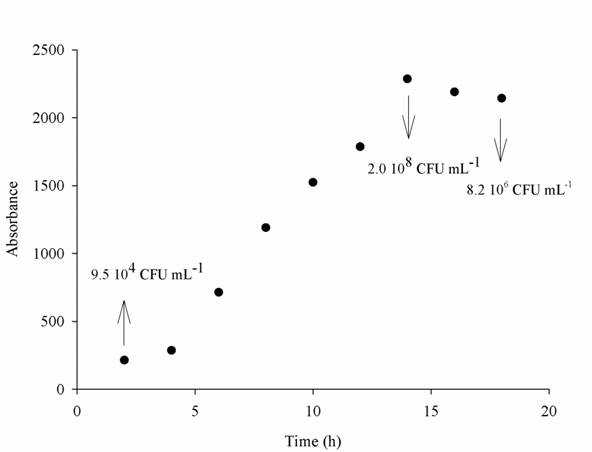ABSTRACT:
The excessive use of agrochemicals negatively impacts the environment, making the development of sustainable technologies for the reduction of contaminants in soil necessary. Hexazinone is the herbicide most used for sugarcane crops and persists in the environment. Moreover, its main route of degradation in the soil is through microorganisms. Therefore, six microorganisms were selected that presented growth in the presence of the herbicide; SCR1 - Microbacterium arborescens; SCR2 - Bacillus pumilus; SCM3 - Stenotrophomonas maltophilia; SCM4 - Bacillus cereus; SCM5A - M. arborescens; and SCM5B - B. safensis. A test was performed to evaluate the ability of each lineage in phosphate solubilization. For the Ca3(PO4)2 solubilization test, the strains that showed the best results were B. pumilus and S. maltophilia. Subsequently, the inoculants were prepared and the concentrations after plating were 2.71 × 109 CFU mL-1 for B. pumilus, 1.02 × 109 CFU mL-1 for S. maltophilia, and 1.14 × 1010 CFU mL-1 for a combination of the two strains. These were satisfactory values for use as inoculants.
Key words:
bioremediation; Bacillus pumilus; Stenotrophomonas maltophilia; triazinone

 Thumbnail
Thumbnail
 Thumbnail
Thumbnail
 Thumbnail
Thumbnail
 Thumbnail
Thumbnail



